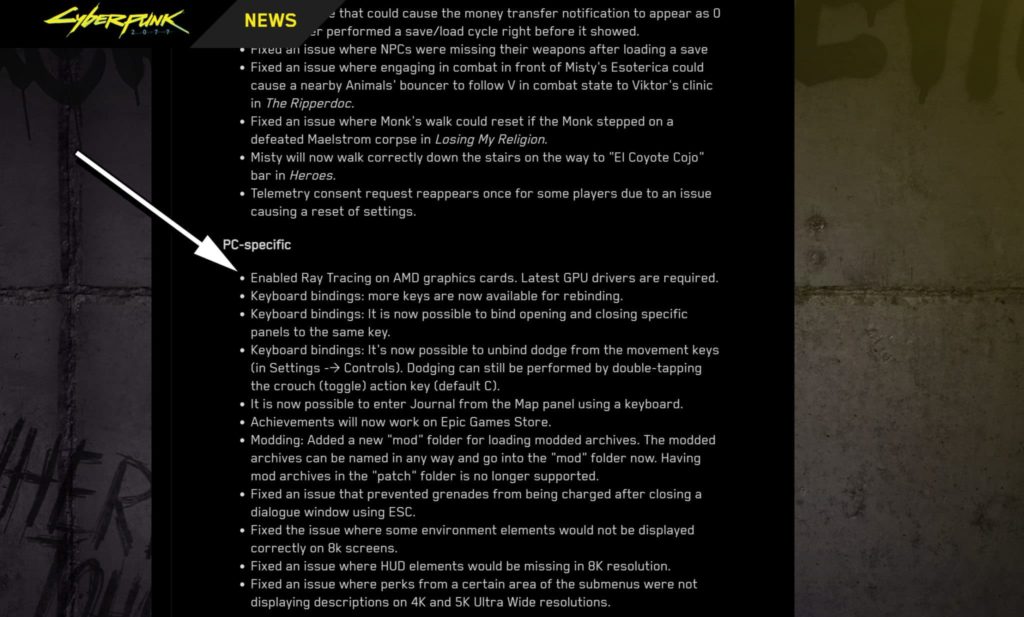I'm not too concerned.
First, as cool as Raytracing is - I don't play a single game that supports it yet, and even of the ones I am looking at getting, yeah... it would be single digit numbers for the near term. So it's nice, but it's far and away not my primary concern. Same thing with DLSS honestly - nice feature, wouldn't turn it down - not paying extra. Traditional rasterizing performance is still my primary concern.
For the same amount of money - yeah, I'd rather have better RT than worse RT. But I'm not going to go set out to spend more money just for the sake of better RT. The offerings, at MSRP, between nVidia and AMD - break out a bit oddly for me. The 6700 doesn't make a lot of sense at all, the 6800 is a rock star, the 6900 not really, the 6800 XT on the fence.... but that's at MSRP, all other things equal.
Second - yeah, can't buy any of these anyway, from any manufacturer. So ... like
@magoo says, moot point. Not to say this isn't a good writeup. It's great info to have. It just won't influence any of my near purchases because... there's nothing out there to purchase.
Third - playing devil's advocate: it isn't charted, but I imagine it clocks in about the same as nVidia's first stab at hardware accelerated RT. Granted, that only goes so far - you can't really compare two different gens, otherwise we'd be talking about how much better the 11900 is than Bulldozer - just that I didn't have very high expectations and those expectations were not exceeded by AMD.
If you really truly care about Raytracing, I guess your choice is clear cut. For the same price and availability, I'd rather have it than not, I fully well admit. But, for instance, I wouldn't pay more for 20% better raytracing performance but 20% worse rasterization performance - which is about how the line breaks down now, depending on what tier your looking at.


